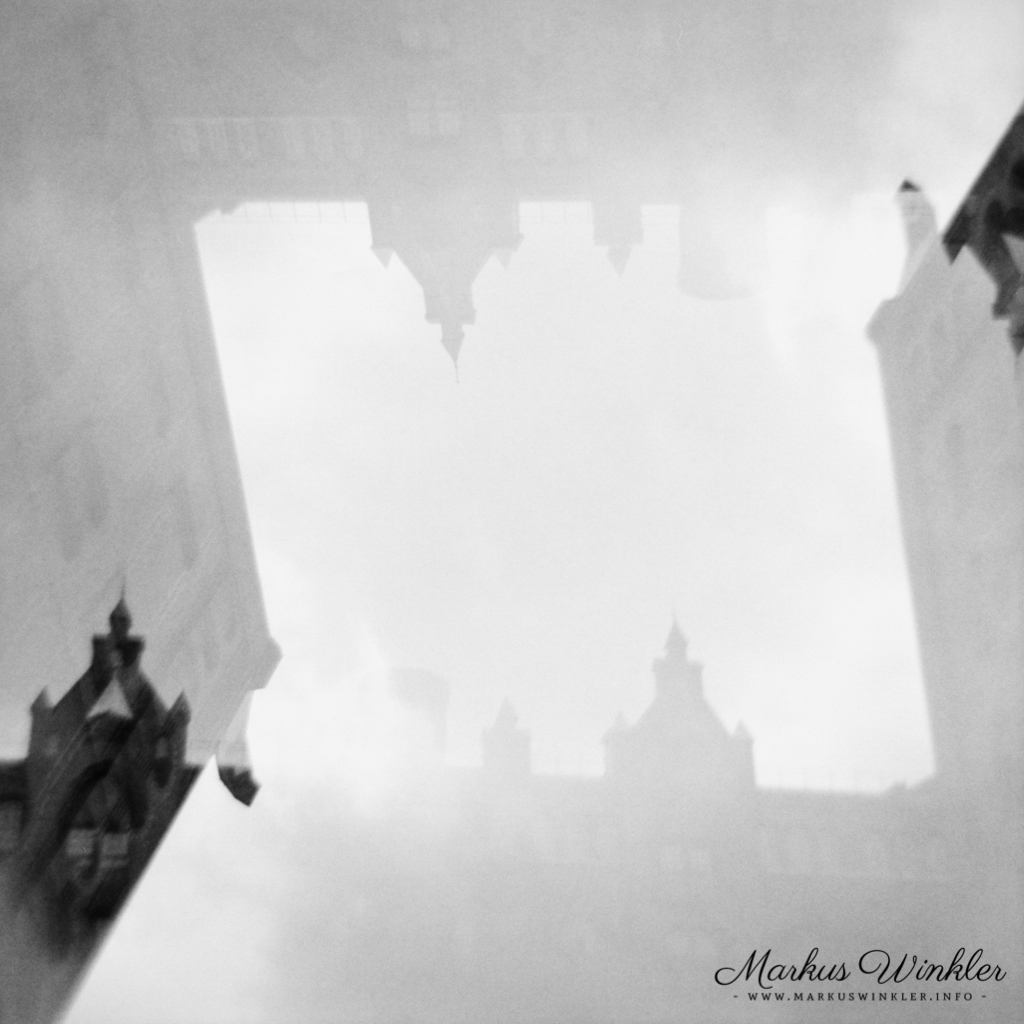Multiple exposure, also known as multi-exposure or MX, is a fascinating technique in photography. Although it is used primarily in analog photography, it is also possible in digital photography. In this technique, the film is exposed multiple times, resulting in a layering of images. This can be done unintentionally or intentionally.
Depending on the camera, multiple exposures are easier or more difficult to implement. With some cameras, the shutter button can simply be pressed multiple times. However, with many medium format cameras, multiple exposures require certain settings or a special switch to re-cock the shutter.
The difference between a multiple exposure and a double exposure is that the former involves more than two exposures on the film. The first exposure has a greater impact on the final image. The double amount of exposure can result in overexposure. To avoid this, you may need to set the camera to a higher ISO in some cases.
An exciting technique that builds on the multiple exposure is called “film swap”. Here, a film is exposed and after it is full, it is not completely rewound. Instead, it is exposed again. A popular sport among photographers is to expose the film and then swap it with another photographer. This leads to a worldwide exchange of films and unique photographic results.
In digital photography, multiple exposure is also possible by superimposing several photos. This can be done either in the camera itself or with the help of image processing software. There are no limits to creativity, and fascinating results can be achieved.
All in all, multiple exposure is a technique that can be used in both analog and digital photography. It offers many creative possibilities and can lead to unique results that are fascinating for both the photographer and the viewer.
